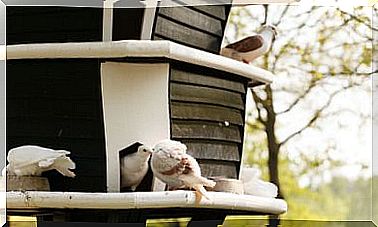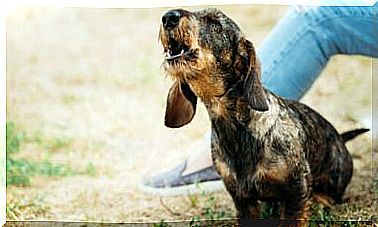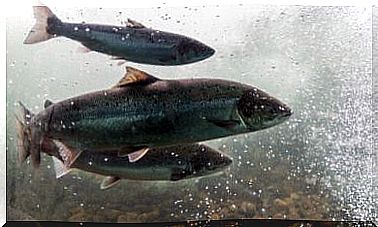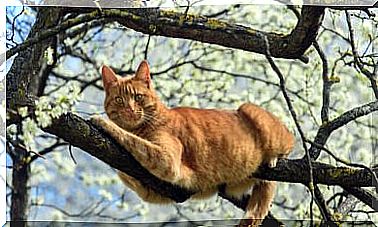The House Sparrow In Spain: Endangered?
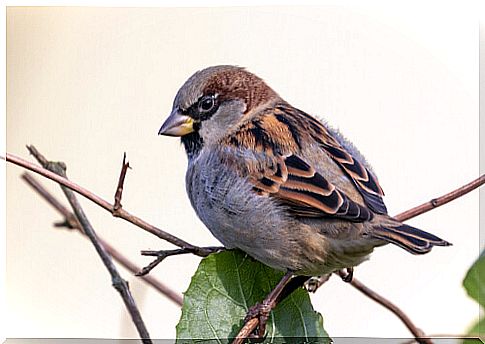
The house sparrow ( Passer domesticus ) is one of the best known urban birds. We can see it in parks, terraces, sidewalks and wherever a breadcrumb falls on the ground.
His confidence allows him to approach crowded places without fear and even to the hand of those who spread a little food to him. Of course, once it gets what it wants, it flies off to get to a safe distance.
How to recognize the house sparrow?
The house sparrow is a bird that measures approximately 14-16 centimeters, and is broadly robust. Both males and females have pink legs, however, there are other characteristics that allow them to be easily distinguished.
The male:
- The male has a gray crown with chestnut patches bordering the crown and extending to the pale gray cheek and neck. Between the beak and the eyes it has a black band, reminiscent of a mask.
- The thick bill is greyish black and the legs are pale brown.
- In the courtship season, its beak turns completely black, and regains its brown color during the fall.
The female:
- The female has a plumage of gray patches, with a brown tone on the wings, crown and tail.
- In addition, it has a smooth stripe between a brown stripe and a brown crown. Its bill is always grayish towards the end and yellowish at the base.
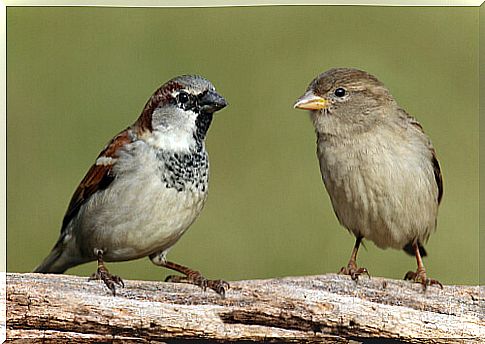
Is the house sparrow a pest?
The house sparrow, due to its nature as a commensal, takes advantage of the waste produced by humans, and in some areas it feeds almost exclusively on it. Thus, given its dependence on human activity, the bird is scarce in those uninhabited places.
Basically, their diet consists of seeds, whether wild or cultivated. In rural areas it is customary to steal feed from farm animals, so it is not very appreciated.
When the warm season arrives, this bird feeds on insects, mainly locusts and grasshoppers, in whose capture it is specialized. With these insects, he fattens his chickens.
The house sparrow plays an important ecological role, and in a very simple way: by varying its diet. While during the winter they eat fruits, dried berries and seeds in winter, during the summer they hunt invertebrates: beetles, cicadas, grasshoppers, crickets, aphids, spiders, flies and moths.
Experts in city adaptation
House sparrows mate for life. They are devoted companions and parents. They have adapted to live and nest in every imaginable corner of the city. Be a street corner lamppost, over air conditioners, in gaps in the exterior of buildings, pier pilings, and window bars. In these unexpected niches, they build their nests with dried herbs, feathers and ropes.
House sparrows have the unusual behavior of bathing in patches of dusty dirt, usually in large groups. Each bird creates a depression and throws dust on its feathers to destroy parasites, somewhat reminiscent of the dust bath of elephants.
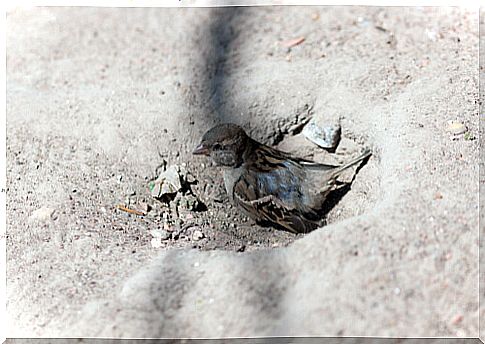
Avian model for scientific studies
The house sparrow became a kind of ‘model bird’ for behavioral and ecology studies in the second half of the 20th century. This is due to its abundance and that it is easily reproduced in nest boxes. Other species studied together with the sparrow are the zebra finch, the rock pigeon and the red-winged blackbird.
Currently, the species remains common enough to be the focus of various research programs, both in North America and Europe. It has been the subject of numerous scientific articles.
House sparrow population declining?
In Spain, the house sparrow is described as an abundant species in urban environments on a national scale, preferably at altitudes between 0 and 1000 meters. In general, its peak of appearance is associated with the average spring temperature, a minimum altitude and the percentage of agricultural land.
On the other hand, the steep decline in UK house sparrow populations has been well documented.
So far, the causes are believed to be complex and involve changes in agricultural practices, which reduce the availability of food. It also has to do with competition from other birds, the loss of nest sites in cities, and common problems with pesticides.


